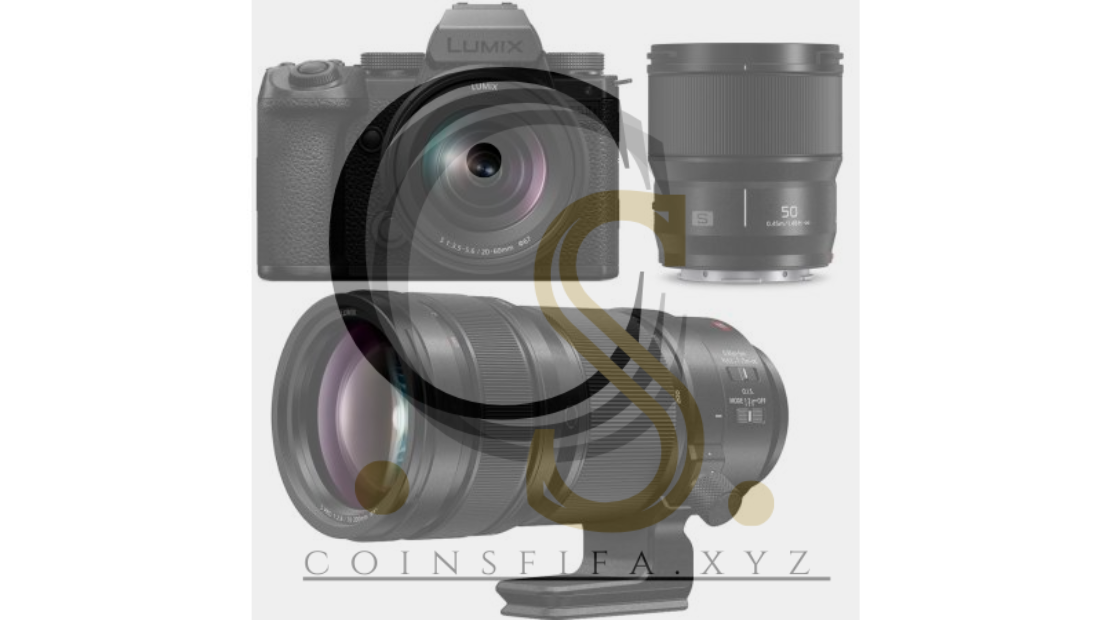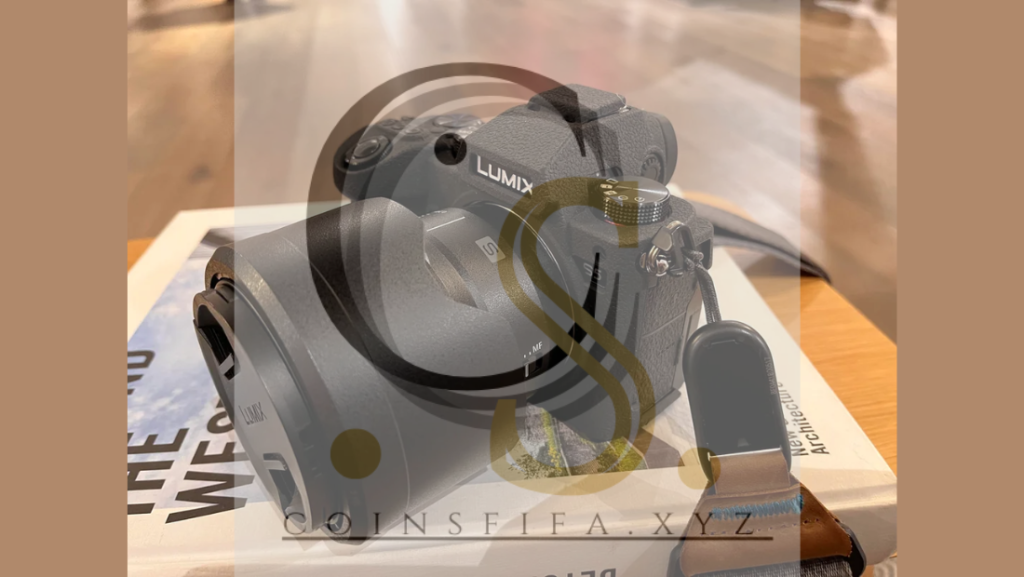Blog
Everything You Need to Know About Lumix Camera Lenses: A Guide to Choosing the Perfect Lens for Every Photography Style
Choosing the right lens for your camera can transform your photography, helping you capture stunning shots that align with your artistic vision. Lumix, a popular brand known for high-quality lenses and innovative features, offers an impressive range tailored for various photography styles. This guide dives into Lumix lenses, highlighting their unique features, and provides insights to help you select the ideal lens for every occasion.
1. Introduction to Lumix Camera Lenses
When it comes to quality and versatility, Lumix lenses stand out in the world of digital photography. Known for their precision and reliability, Lumix lenses are crafted in collaboration with Leica, delivering exceptional sharpness and clarity. Understanding how to select the right Lumix lens is crucial for photographers looking to enhance their creative capabilities.
What Makes Lumix Lenses Unique?
- Optical Excellence: Engineered to capture sharp, clear images.
- Innovative Features: Lumix lenses are often equipped with optical image stabilization (OIS), which reduces blur from hand movements.
- Durability: Many Lumix lenses feature weather-sealed designs, perfect for outdoor photography.
Whether you’re into portraits, landscapes, or macro photography, Lumix offers a lens to suit your style. Below, we’ll explore popular Lumix lenses across different types of photography.
2. Choosing a Lens for Different Photography Styles
Portrait Photography
- Ideal Lens: Lumix G 42.5mm f/1.7 or Lumix G 50mm f/1.4
- Why It’s Perfect: With a wide aperture, these lenses deliver beautiful background blur (bokeh), making subjects stand out. Their focal lengths capture flattering portraits without distorting facial features.
- Pro Tips: Use the widest aperture for depth of field effects and sharper details on the subject. This also enhances low-light performance for indoor portraits.
Landscape Photography
- Ideal Lens: Lumix G Vario 7-14mm f/4 or Lumix G 12-35mm f/2.8
- Why It’s Perfect: For landscapes, wide-angle lenses capture sweeping scenes with clarity and minimal distortion. The Lumix 7-14mm and 12-35mm lenses provide stunning sharpness from edge to edge.
- Pro Tips: Use smaller apertures (like f/8 or f/11) to ensure everything in the scene is sharp and in focus, from foreground to background.
Street Photography
- Ideal Lens: Lumix G 20mm f/1.7 or Lumix 25mm f/1.4
- Why It’s Perfect: These lenses are lightweight and versatile, making them perfect for on-the-go photography. Their wide apertures enable low-light shooting and create beautiful separation between the subject and background.
- Pro Tips: Opt for the “shooting from the hip” approach to capture candid moments without drawing attention. A prime lens with a moderate focal length is ideal for unobtrusive shooting.
Wildlife Photography
- Ideal Lens: Lumix G Vario 100-300mm f/4.0-5.6 or Lumix G Leica 200mm f/2.8
- Why It’s Perfect: For wildlife photography, long telephoto lenses are essential. The 100-300mm lens offers a great zoom range, allowing you to capture animals from a distance without disturbing them.
- Pro Tips: Use a faster shutter speed to avoid motion blur. Optical image stabilization (OIS) helps reduce blur when shooting handheld, especially with longer focal lengths.
Macro Photography
- Ideal Lens: Lumix G Macro 30mm f/2.8 or Lumix Leica DG Macro-Elmarit 45mm f/2.8
- Why It’s Perfect: Macro lenses are designed for close-up shots, allowing photographers to capture intricate details. These lenses are great for photographing flowers, insects, and small subjects.
- Pro Tips: Use manual focus to ensure precise control, especially at close distances. Pay attention to lighting, as close-up shots can cast shadows easily.

3. Key Features to Look for When Choosing a Lumix Lens
Selecting a Lumix lens that meets your needs requires understanding some key features:
- Aperture: A lens with a wide maximum aperture (like f/1.7 or f/2.8) is beneficial for low-light conditions and shallow depth of field.
- Image Stabilization (OIS): Many Lumix lenses come with built-in image stabilization, which reduces motion blur and is particularly helpful for handheld shooting.
- Build Quality: If you plan to shoot outdoors, consider weather-sealed lenses. They provide added durability against dust, moisture, and other elements.
- Focus Mechanisms: Fast, quiet focusing is a key feature for street and wildlife photography, allowing you to capture moments quickly without disturbing your subject.
4. Tips for Buying Lumix Lenses
Investing in a new lens can be overwhelming, but these tips will make the process easier:
- New vs. Second-Hand: Buying a new lens ensures that it comes with a warranty, but second-hand options can offer savings. When buying second-hand, make sure to check for scratches, mold, or dust inside the lens.
- Lens Accessories: Consider purchasing lens hoods, UV filters, and polarizing filters. These accessories protect your lens and can enhance image quality.
- Prime vs. Zoom Lenses: Prime lenses (fixed focal length) are often sharper and better for low-light settings, while zoom lenses offer flexibility, allowing you to adjust focal length without switching lenses.
5. Maintaining Your Lumix Lenses
Proper maintenance can extend the life of your Lumix lenses. Here’s how to keep them in optimal condition:
- Clean Regularly: Use a microfiber cloth to remove dust and smudges. For deeper cleaning, use a lens blower to remove particles from hard-to-reach areas.
- Store Properly: Store your lenses in a dry environment to prevent mold and dust accumulation. Use lens caps when the lens is not in use, and consider investing in a padded camera bag for added protection.
- Avoid Extreme Conditions: Prolonged exposure to direct sunlight or extremely humid environments can damage your lenses. Weather-sealed Lumix lenses are durable, but it’s still best to avoid harsh conditions when possible.
Conclusion
Choosing the right Lumix lens can greatly enhance your photography, bringing your artistic vision to life. From stunning portraits to breathtaking landscapes, each Lumix lens offers unique features that cater to various photography styles. By understanding the distinct qualities of Lumix lenses and matching them to your needs, you’ll be well-equipped to capture professional-quality shots in any setting.
Whether you’re a professional photographer or a hobbyist, investing in a high-quality lens and understanding how to use it effectively will elevate your photography skills. So, experiment with different lenses and styles, and let your creativity shine through every shot!

